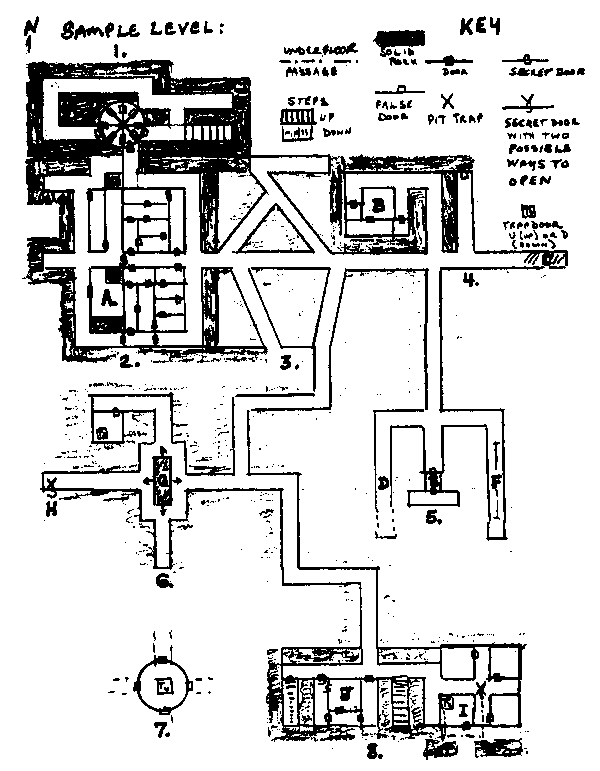"At the beginning of my career, long before GURPS, I created a roleplaying game called The Fantasy Trip. For decades, the rights have been held by Metagaming, a publisher which is no longer in operation. I'm very pleased to announce that I have regained the eight TFT releases that I wrote myself: Melee, Wizard, Death Test, Death Test 2, Advanced Melee, Advanced Wizard, In the Labyrinth, and Tollenkar's Lair.
This is just an initial announcement, to invite you to celebrate with me a day that has been a long time coming!
I have no idea yet about release schedules. I will probably have to answer most questions with "I don't know yet" - but feel free to use the button below to go to the forum discussion of this post, and try me . . . or just share memories of the game!" (links added by myself)
In his 1981 book Fantasy Role-Playing Games, J. Eric Holmes reviewed the first two releases of this system, Melee and Wizard (pictured above), writing that the combat rules, "may be too slow for some players, but they have an air of authenticity which is lacking in the simpler combat systems" (pg 114).
Holmes further notes that, "I have used the "roll less than your dexterity (strength)" system in the practice game earlier in this book". This refers to the sample RPG system that Holmes provides in the book to show how the games work, along with an adventure for it, the Dungeon of Arzaz. While Melee used the 3d6 roll for combat, Holmes instead uses it for a system of "feats" - i.e., "feats of strength", "feats of dexterity" etc, that is more like an ability score check of later D&D. (Holmes uses a Chainmail-like 2d6 roll for combat)
You can read more about "Holmes' Other Game" in a thread from 2009 on ODD74.
You can read more about "Holmes' Other Game" in a thread from 2009 on ODD74.
I've also written before about the appearance of the 3d6-roll-under-stat check in early D&D, which actually predates Melee as an isolated mechanic, but not as a generalized system.
As to myself, I've never owned or read Melee, Wizard or the Fantasy Trip, so I will be looking forward to any reissues of the original material that Steve Jackson puts out. Per his post here, a Kickstarter for a reissue of Melee may be the first project.
As to myself, I've never owned or read Melee, Wizard or the Fantasy Trip, so I will be looking forward to any reissues of the original material that Steve Jackson puts out. Per his post here, a Kickstarter for a reissue of Melee may be the first project.








